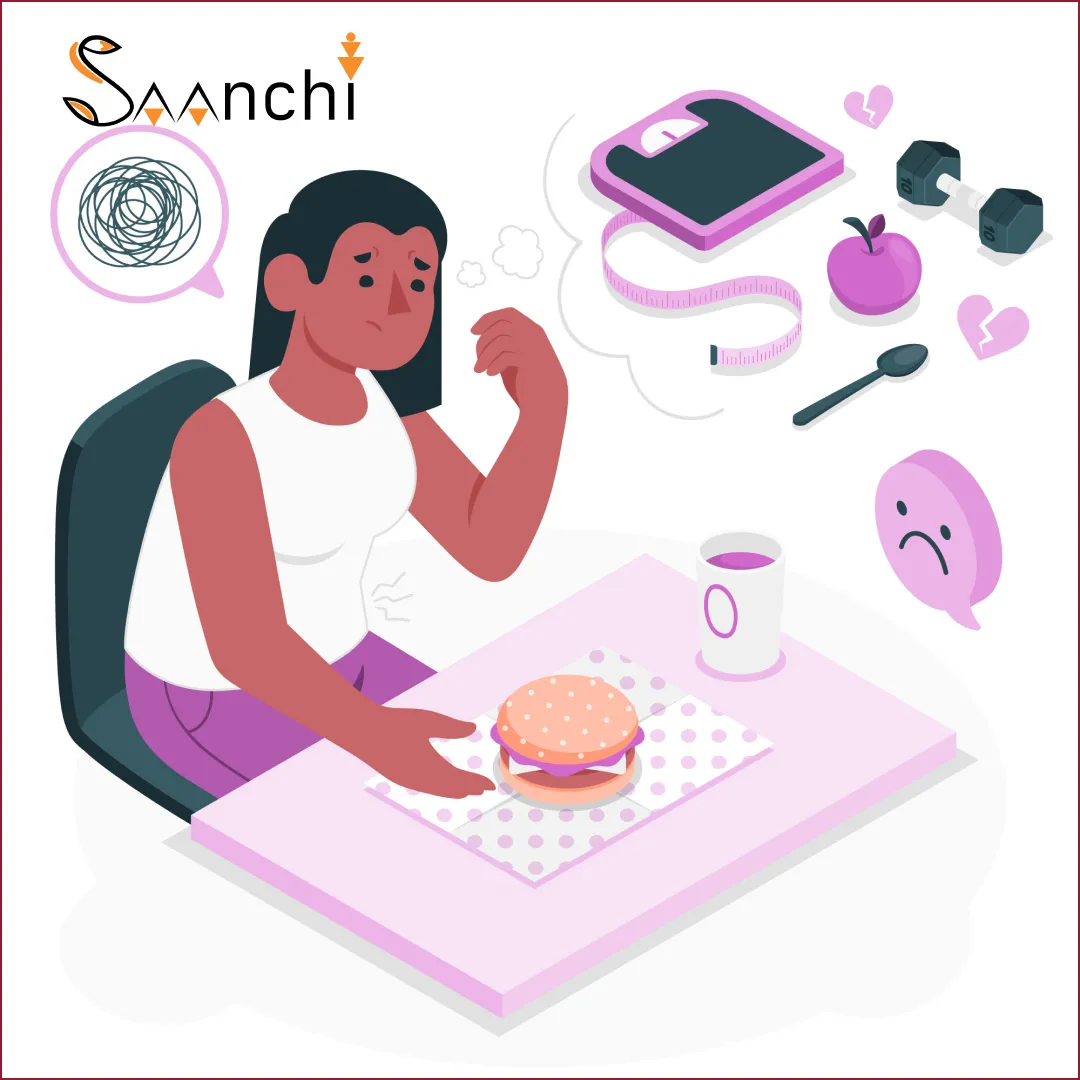Menstrual cravings are a well-known phenomenon experienced by many women during their menstrual cycle. These cravings often involve a strong desire for sweet, salty, or fatty foods. Understanding the science behind menstrual cravings can provide insights into why these urges occur and how to manage them effectively.
What Causes Menstrual Cravings?
Hormonal Fluctuations
The primary driver behind menstrual cravings is hormonal fluctuation. During the menstrual cycle, levels of estrogen and progesterone vary, impacting various bodily functions, including appetite. In the luteal phase, which occurs after ovulation and before menstruation, progesterone levels rise while estrogen levels drop. This hormonal shift can increase appetite and cravings for specific types of foods.
Serotonin Levels
Serotonin, a neurotransmitter that influences mood, also plays a significant role in menstrual cravings. Lower serotonin levels are linked to increased cravings for carbohydrates, as carbohydrates can help boost serotonin production. During the premenstrual phase, serotonin levels may drop, leading to cravings for carbohydrate-rich foods such as chocolate, bread, and sweets.
Blood Sugar Levels
Fluctuations in blood sugar levels can also contribute to menstrual cravings. Hormonal changes can affect insulin sensitivity, leading to variations in blood sugar levels. When blood sugar levels drop, the body may crave sugary or high-carbohydrate foods to restore balance and provide a quick energy boost.
Common Types of Menstrual Cravings
Sweet Cravings
Sweet cravings are among the most common during menstruation. Many women report a strong desire for chocolate, cookies, or other sugary treats. This craving is linked to the body’s need for a serotonin boost and a quick source of energy.
Salty Cravings
Salty cravings are also prevalent during the menstrual cycle. Foods like chips, pretzels, and pickles may become more appealing. This craving can be a result of the body’s attempt to balance electrolyte levels, which can fluctuate due to hormonal changes.
Fatty Cravings
Fatty foods, such as cheese, pizza, and fried snacks, are another common craving. These foods can provide comfort and satisfaction, helping to alleviate mood swings and emotional discomfort associated with premenstrual syndrome (PMS).
Managing Menstrual Cravings
Balanced Diet
Maintaining a balanced diet throughout the menstrual cycle can help manage cravings. Incorporating whole grains, lean proteins, fruits, and vegetables can stabilize blood sugar levels and reduce the intensity of cravings.
Regular Meals
Eating regular, balanced meals can prevent drastic drops in blood sugar levels, reducing the likelihood of intense cravings. Including healthy snacks between meals can also help maintain energy levels and prevent overeating.
Hydration
Staying hydrated is essential for managing cravings. Sometimes, the body can mistake thirst for hunger, leading to unnecessary snacking. Drinking plenty of water throughout the day can help control appetite and reduce cravings.
Mindful Eating
Practicing mindful eating can help individuals become more aware of their hunger cues and make healthier food choices. Paying attention to portion sizes and eating slowly can promote a sense of fullness and satisfaction.
Healthy Alternatives
Opting for healthier alternatives to common cravings can provide satisfaction without compromising nutrition. For example, choosing dark chocolate over milk chocolate or baked chips over fried ones can help manage cravings more healthily.
Saanchi’s Role in Promoting Menstrual Health
At Saanchi, we recognize the importance of understanding and managing menstrual cravings as part of overall menstrual health. Our programs offer educational workshops on nutrition and menstrual health, providing women with the knowledge and tools they need to make informed dietary choices. By promoting awareness and offering support, Saanchi aims to empower women to manage their menstrual health effectively.
Understanding the science behind menstrual cravings can help women make informed choices and manage their cravings in a healthy way. By maintaining a balanced diet, staying hydrated, and practicing mindful eating, it is possible to navigate these cravings without compromising overall health.


